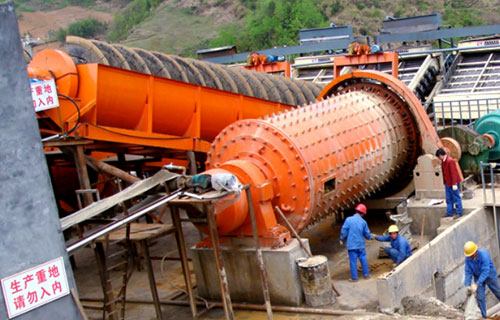
 Chat With Us
Chat With Us
 Leave Message
Leave Message
The combined gravity -flotation process can be applied for all kinds of Antimony-bearing ores.
The gravity separation can be applied for most antimony ores.
The density of stibnite ore ranges from 2.6 to 2.65 g/cm3, and its isosedimentation ratio is 2.19 to 2.26, which is one kind of ore easy to process. The density of yellow antimony ore is 5.2 g/cm3 while the density of red antimony ore is 7.5 g/cm3, their isosedimentation ratio to gangue is 2.55 to 2.63, 3.93 to 4.06 respectively. These two kinds of antimony ores are also ores easy to process. Only the density of calcium antimony hydrate ore is 3.14 g/cm 3, and the ratio of isosedimentation to gangue is only 1.29. It belongs to refractory ore, but it is not the main component in antimony ore and does not affect the use of gravity separation. In a word, gravity separation can be used to process single antimony sulfide ore or mixed antimony sulfide and oxidation ore. Gravity separation process is low cost, can separate a large number of qualified coarse concentrates within a relatively coarse grain size range, and discard a large number of waste rocks. Therefore, gravity separation is still the most important mineral processing method of antimony ore in the world today. Sometimes, even if it can not directly separate qualified antimony concentrate, it is often accepted as the pre-processing operation of antimony flotation.
Flotation
Flotation is the main extraction method of antimony minerals. Antimony sulfide minerals are easy to flotation, and most of them use flotation method to improve the crystal position of ores. Among them, stibnite usually uses lead salt as activator, copper salt or lead salt as both, and then flotation with collector. The commonly used collectors are butadiene xanthate or shale oil mixed with ethyl sulfide and nitrogen, and the foaming agent is terpineol oil or 2# oil. Antimony oxide ore is a refractory ore.